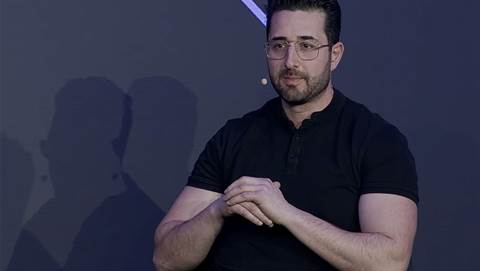Australasian architecture firm Warren and Mahoney is using digital tools to help them reduce their embodied carbon emissions by a minimum of 40 percent by 2030.
In 2019, the firm set a climate commitment for the next decade to see how they can reduce the carbon emissions of their designs.
Fiona Short, principal at Warren and Mahoney said one of the challenges the firm has is finding creative ways to reach those targets.
“When we were looking at how we might measure our designs, we looked at lots of different ways we might do this,” she said.
“Some companies have developed their own tools to enable them to make quick fast decisions. But we wanted to partner with the best in the industry and get the most detailed answers so we could give the deepest insights to our clients.”
From this, Short said the firm decided to build on its partnership with Autodesk.
“[To] discover new ways to access that data and bring it to the surface and interpret that so we could enable or give insights to our clients so they can make lower carbon design decisions,” she said.
Partnering with Autodesk since the Christchurch earthquakes in 2011, Warren and Mahoney found they were not making the most of the data that they had within their building information models.
“We wanted to find a way to access that data that we already had, but use it in a new way and for a new purpose,” she said.
The first way Warren and Mahoney looked at using Autodesk to lower emissions was to get an insight into its whole design.
“When you have a full project, you have a lot of data about materials and about quantities. To extract that out, we could develop a picture of carbon hotspots in our buildings,” she explained.
“This enabled us to develop strategies for the next project to start off in a lower carbon pathway and so that's where we started from.”
Short explains that Warren & Mahoney are using the platform to access a higher number of their projects and get portfolio level information to enable them to have insights over a broader portfolio and to make bigger decisions to influence their future projects.
“At the start of a project, we have a climate design strategy, and we look at what design strategies to lower energy use and increase energy generation, lower embodied carbon and increase carbon benefits like building reuse and biogenic carbon,” she said.
“What Autodesk enables us to do is develop estimates of embodied carbon for certain types of building profiles or certain kinds of building elements. We can get an estimate earlier in the design phases before we've gone right through to the end and have all that data, we can make better decisions earlier.”
Warren and Mahoney are able to provide insights to clients that have saved them up to 60 percent in embodied carbon.
“Being able to reduce the carbon emissions of our buildings through using Autodesk software in this way, but we've learned a lot about the broader industry, the materials we use, where they come from, and how much that that makes a difference,” Short explained.
“We've really learned the weight of a lot of the decisions we make as designers and we're now able to find better ways to make those decisions.”



_(22).jpg&h=140&w=231&c=1&s=0)

_(20).jpg&h=140&w=231&c=1&s=0)



_(26).jpg&w=100&c=1&s=0)

 iTnews Executive Retreat - Security Leaders Edition
iTnews Executive Retreat - Security Leaders Edition












_(1).jpg&h=140&w=231&c=1&s=0)



